After failing to fund the OpenRover prototype a couple of years ago, I decided to take a more incremental approach. OpenBLDC is a shield and eventually an integrated arduino with a ros interface.
OpenBLDC
BLDC shield for arduino and stand alone controller
 nerd.king
nerd.king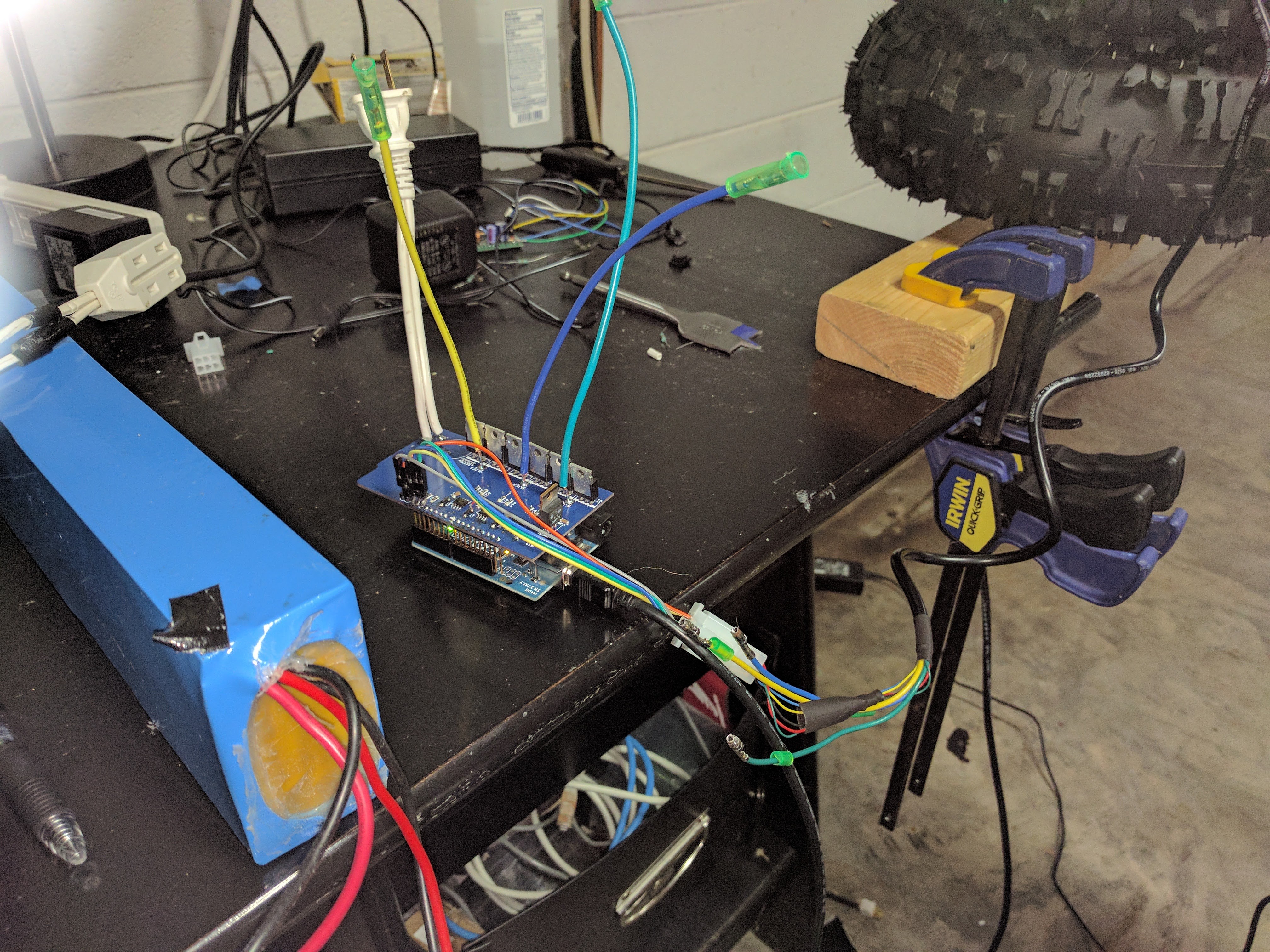

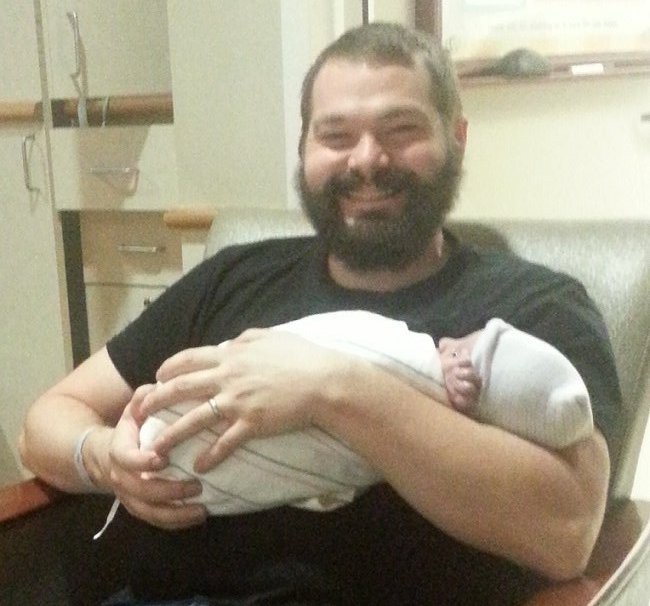
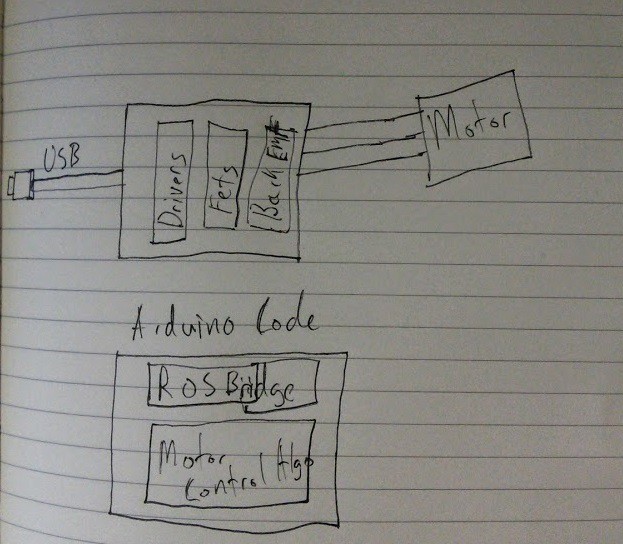
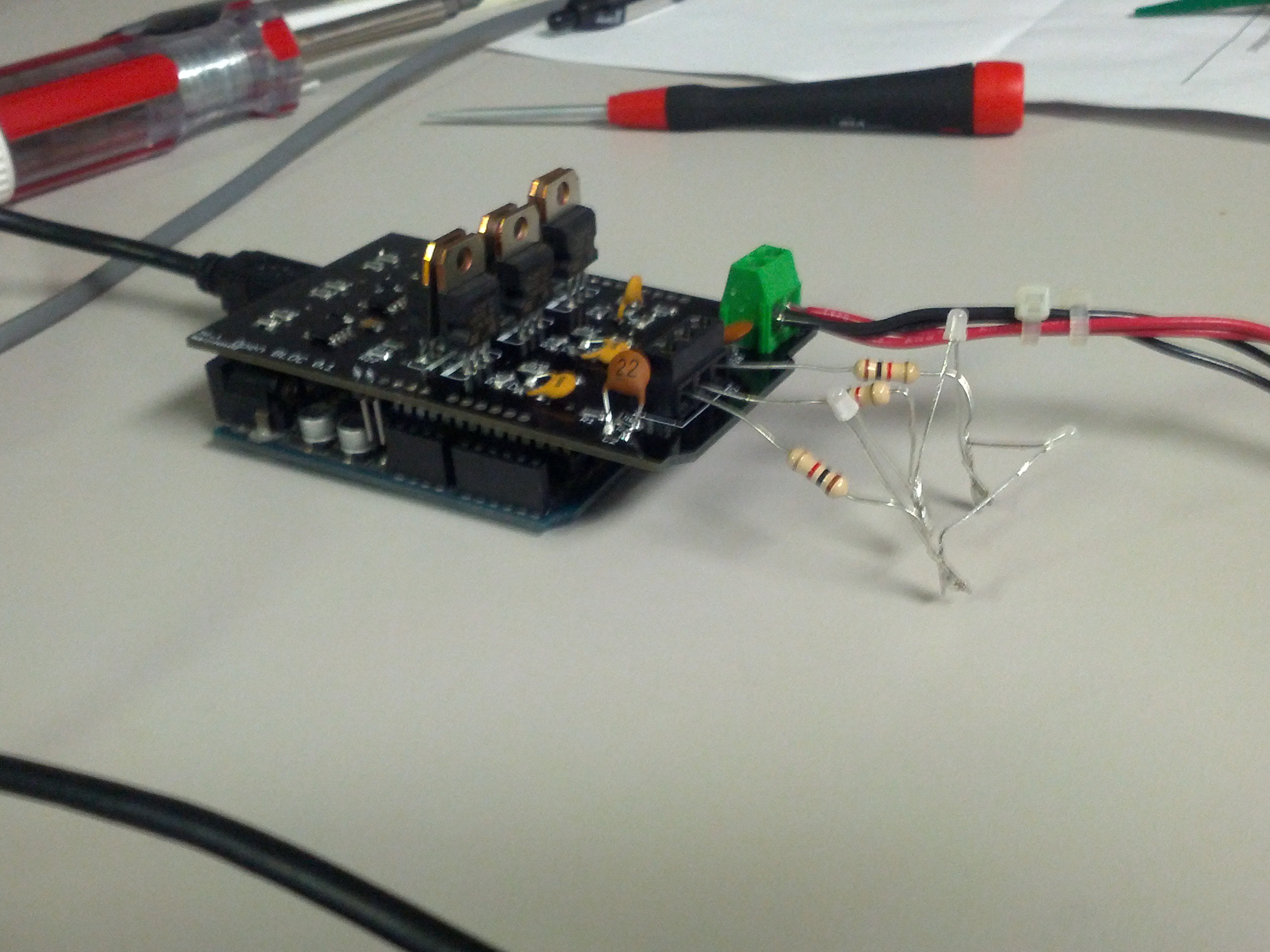










 Andy Geppert
Andy Geppert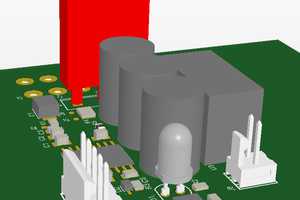
 ARBartz
ARBartz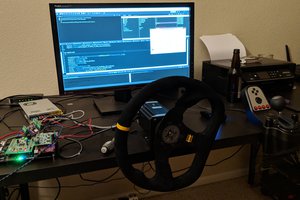
 John Taylor
John Taylor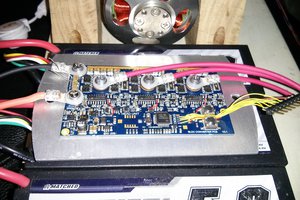
 Jarrod
Jarrod
hi can you help me please?
I need to replace ir2101 with ir2113 for prototyping... but I need help...